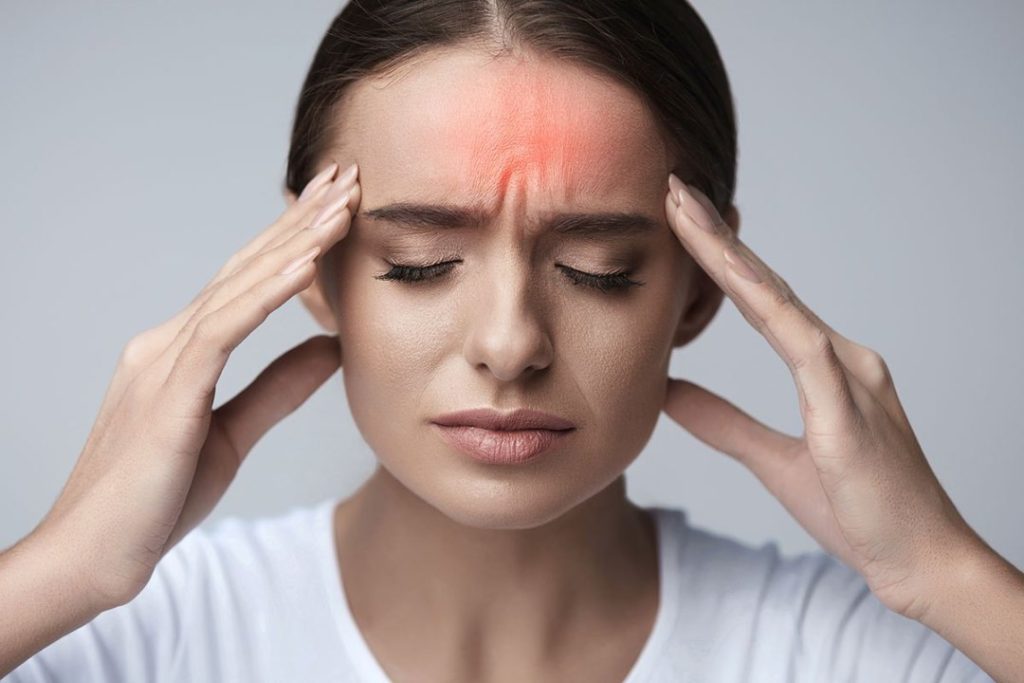
While most people still believe this, migraines are not actually a vascular event! In fact, they seem to have very little to do with blood vessels at all. Most modern research suggests that Migraines are actually a central nervous system event, and that sensitivity within the brainstem is the most likely underlying cause. It appears that once the brainstem has become sensitised, a wide range of triggers is capable of starting a migraine.
What Causes Migraines?
For decades, the popular belief of the medical field was that migraines were caused by changes to the brains vascular system. This was for two reasons; 1) the commonly described “throbbing” or “pulsing” experienced during a migraine, and 2) because they tend to positively respond to Triptan medication, which is thought to act as a ‘vasoconstrictor’. While this logic seems pretty solid, modern research doesn’t seem to back this theory up. People who experience migraine have shown no differences in vascular blood flow at all, when compared to people who do not experience migraine. So, what is causing migraine? And how do triptan medications work?
Research shows that migraineurs exhibit higher amplitudes, decreased latency, and less fatigability of two key brainstem reflexes (essentially, they are larger, happen faster and go for longer before they stop). This suggests there is some hyper-excitability of the brain-stem in the migraine population. As the brainstem is the ‘gateway’ of information reaching the brain, it will amplify normal stimulus (light, sound, hormone change, etc.) and perceive it as a threat. The reaction to this threat is the pain along the distribution of the trigeminal and/or occipital nerves (both originating from the brainstem), and the neurological symptoms associated with migraine (nausea, vomiting, dizziness, aura, etc.). As well as aiding vasoconstriction, triptan medications also mimic the hormone serotonin which is critical in regulating sensitivity in the central nervous system, explaining why these medications can be effective in relieving the symptoms of migraine.
What about my triggers?
Our patients often report a variety of different triggers which can cause their migraines to happen, which are:
- red wine
- chocolate
- high stress
- poor sleep
- flashing lights
- smelling a particular cologne
While these things can definitely trigger migraines for these patients, what triggers one person isn’t often a trigger for other migraine sufferers. In fact, many migraineurs have no triggers whatsoever.
What is likely happening is that in these cases, a trigger will invoke a very strong reaction for that particular person, enough to always be perceived as a threat. Avoiding these triggers is a very good way to prevent your migraines to occur, but isn’t addressing the underlying process!
What should I do?
The upper cervical spine, or neck, is a common source of sensitivity for the brainstem. Dysfunction between the C1-3 vertebrae can contribute to central sensitivity at the ‘trigemino-cervical nucleus’ found within the brainstem, which can lead to the development of headaches and migraines.
Having your neck and brainstem assessed is essential in establishing the correct treatment plan for your symptoms.
Talk to the team at Gold Coast Headache & Migraine clinic today to book in your comprehensive initial assessment!






